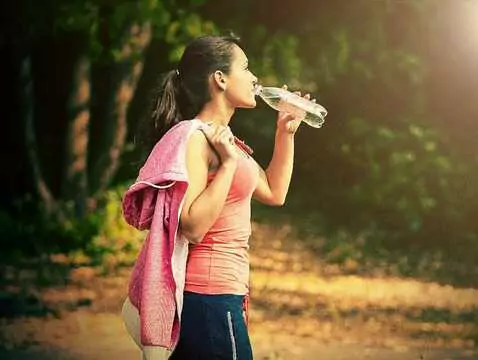The holiday season and the long-awaited holiday from work and school are fast approaching. It should be a time pleasantly spent, free from problems such as illness. Some events cannot be foreseen, but many can be protected against.
Exotic travel
If you dream of visiting distant countries in Africa or South America, you should also include vaccination in your plans. Vaccination against yellow fever (yellow fever) is mandatory for travel to some of the countries there. In addition to this, vaccination against so-called foodborne hepatitis (VH type A) and inoculation (VH type B) is recommended. "Even tourists staying in very exclusive hotels cannot be absolutely sure that they will avoid contracting the microorganisms.
This can happen even if they wash their hands in contaminated water, or drink a drink with an ice cube that has been made from such water. Eating unwashed fruit and vegetables, undercooked meat or drinking unpasteurised milk is also risky. You should also be cautious about using local hairdressing or beauty salons, where it is not difficult to get a scratch and thus the hepatitis virus," says Dr Jarosław Mrożek, an internist from Medicover. Think you won't make it in time? In fact, the full series of hepatitis vaccinations should be planned well in advance.
In order to obtain full protection against VH type A and VH type B, according to the basic scheme, three doses of the combined vaccine are given - the second is one month after the first injection and the third six months after the first dose. However, you will gain immunity as early as 2 weeks after the second dose, so a relatively short time before departure. Many people have had the hepatitis B (VH type B) vaccination.

It is worth remembering that these do not provide protection against foodborne hepatitis. When planning your trip, you should therefore think about the VH type A vaccine, which is taken in 2 doses and 6-12 months apart. The first dose provides immunity after just 2 weeks. Dangerous bacteria and viruses can also be contracted in Poland. The danger increases wherever there are large concentrations of people, high temperatures and a lack of basic hygiene. Thus, the Tatra Mountains, the Baltic Sea and the Masurian Lake District are not entirely safe either.
Holidays in Poland
In addition to the threat of hepatitis viruses in Poland, we have to reckon with another high-risk factor, namely ticks, which transmit a viral disease (tick-borne encephalitis) that attacks the nervous system. Many varieties of ticks can be carriers of the disease, but in our climatic conditions, the disease can be contracted mainly through contact with the common tick. Ticks attack imperceptibly, because the site where the tick enters the body is first anaesthetised by the tick. Unfortunately, the presence of a tick on the body is only noticed after some time.
In humans, ticks most often infest the head area, ears, flexures of large joints, hands and feet. They get there from under leaves and branches near the paths their hosts - mainly animals, but incidentally also humans - usually follow. It is not true that ticks only appear in hazelnut trees. We are exposed to them in practically every kind of green area - walking in a forest or park, picking mushrooms, berries, fishing, horse riding and cycling.









